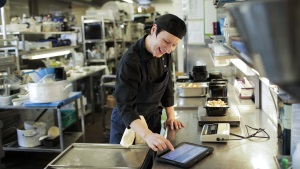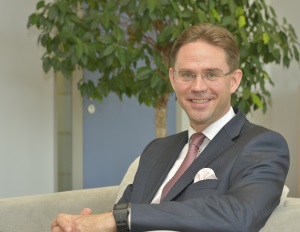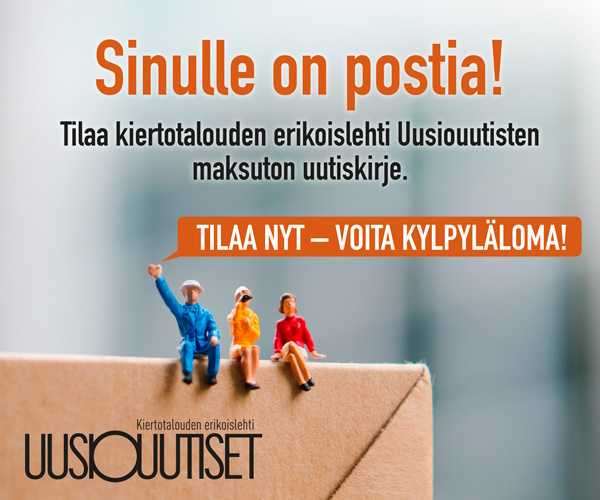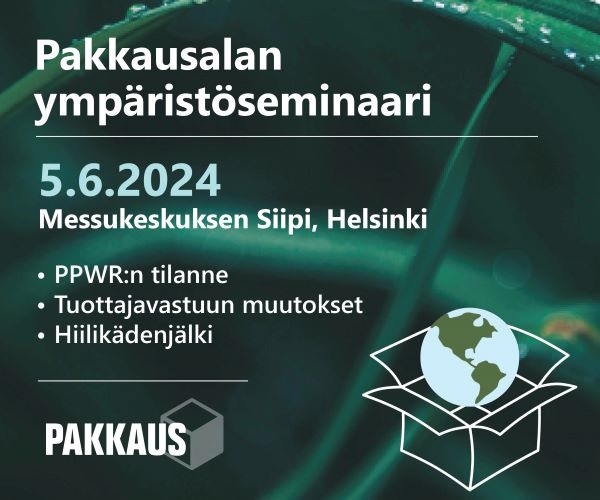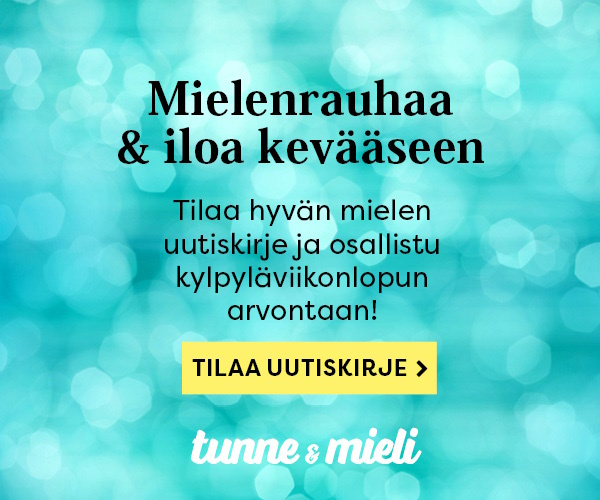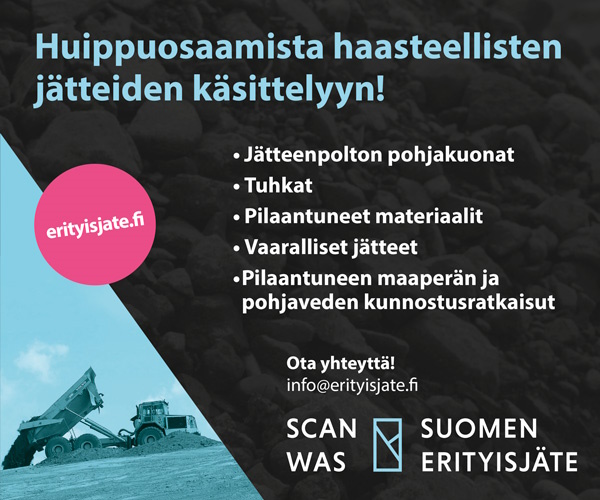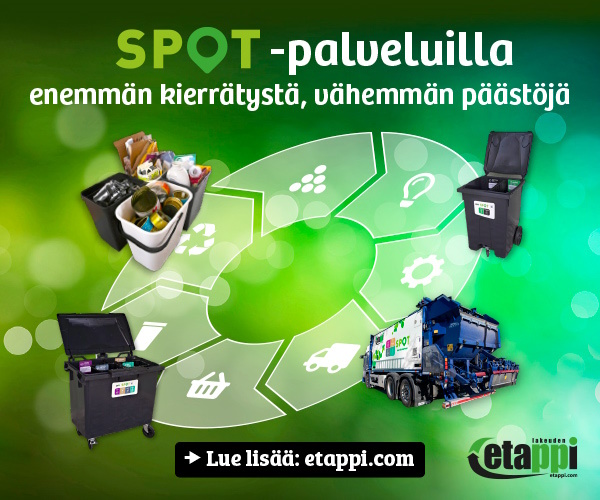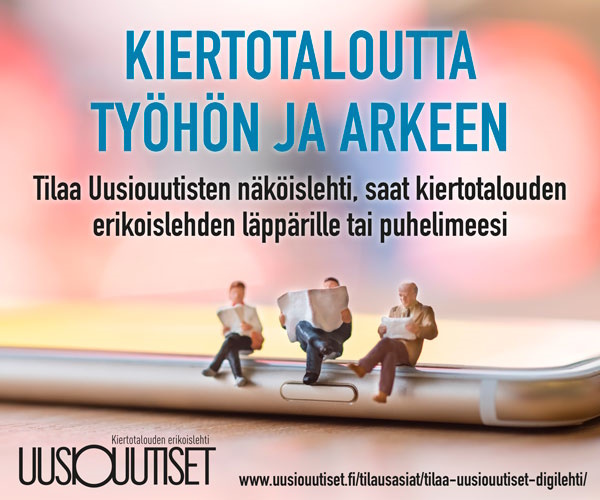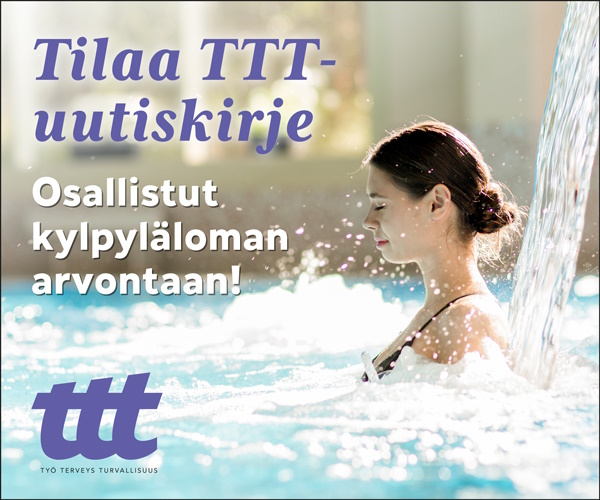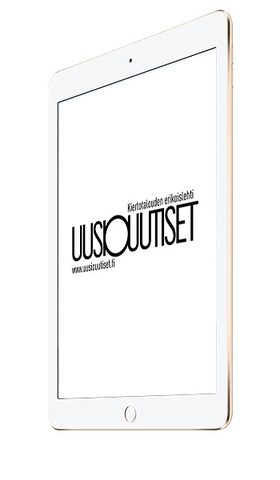These articles are published in the Special International issue of Uusiouutiset, Finnish Recycling News, on 31st of May 2017. New…
Arctic recycling
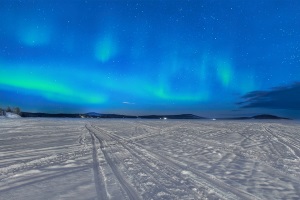
An article from the Special international issue of Uusiouutiset Finnish Recycling News, published on 31st May 2017.
Finnish Lapland is becoming a demonstrative area of the circular economy in the Arctic region. The estimated value of the circular economy business in Lapland stands at EUR 500 million.
Elina Saarinen
“Investments in the circular economy and new production models require long-term, systematic work and time. This is not a sprint, it’s a marathon,” says Kari Poikela, Programme Manager at Digipolis Oy.
Digipolis Kemi works to achieve a change in operating cultures in the Kemi-Tornio region and Lapland over the long term. The aim is to adopt operating models that are in line with the circular economy.
Digipolis is building a network that includes industrial and mining enterprises, communities, authorities and funders operating in Lapland. The aim of the network is to facilitate industrial symbioses and promote the circular economy. Other parties promoting the circular economy in Lapland include Sitra, Motiva, the Lapland University of Applied Sciences, Aalto University and environmental authorities at the Centre for Economic Development, Transport and the Environment.
“Fifty pairs of eyes see more than one pair of eyes. We are writing new success stories together. The aim is to arrive at a comprehensive perspective on the development of the circular economy in Lapland,” Poikela says.
Hundreds of jobs
The region has immense potential. The value of business related to the circular economy and industrial symbioses in Arctic industrial ecosystems and Kemi-Tornio’s circular economy innovation platform is, even according to conservative estimates, approximately 500 million euros per year. Due to the planned investments in mining and bioeconomy, the volume could become as high as two billion euros, which would mean over a thousand new jobs.
Arctic industrial ecosystems and models for the circular economy are one of the key projects identified in Sitra’s circular economy road map. Good methods and tools identified in the programme could also be used elsewhere, for example, in northern Finland, Sweden and Norway.
Digipolis started its work years ago by analysing the potential recoverable co-streams in the region. It invited parties who could use waste as a raw material in workshops.
At the moment, the list of co-streams has 30 items, from ferrochromium scrap to lime by-products. Poikela estimates that the Kemi-Tornio region currently has up to 1.7 million tonnes of industrial waste and co-streams that could be recovered. By building value chains, matching operators and refining raw materials, these co-streams could become recycled nutrients, materials in water treatment, building supplies, soil conditioners or infrastructure construction materials.


